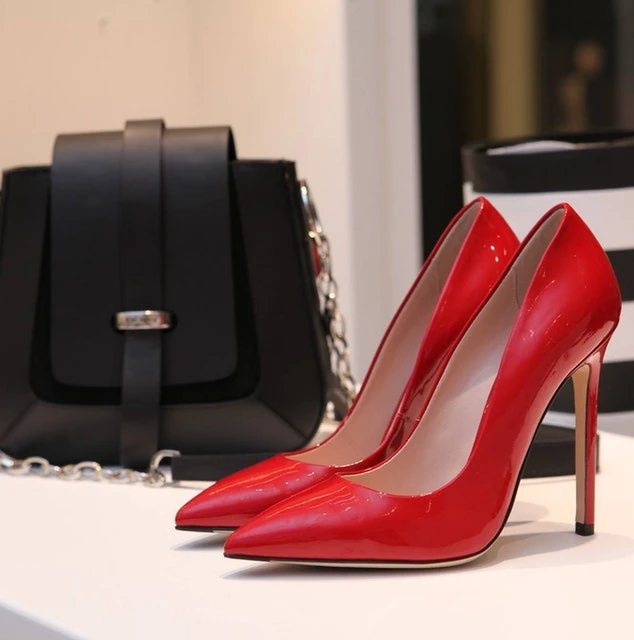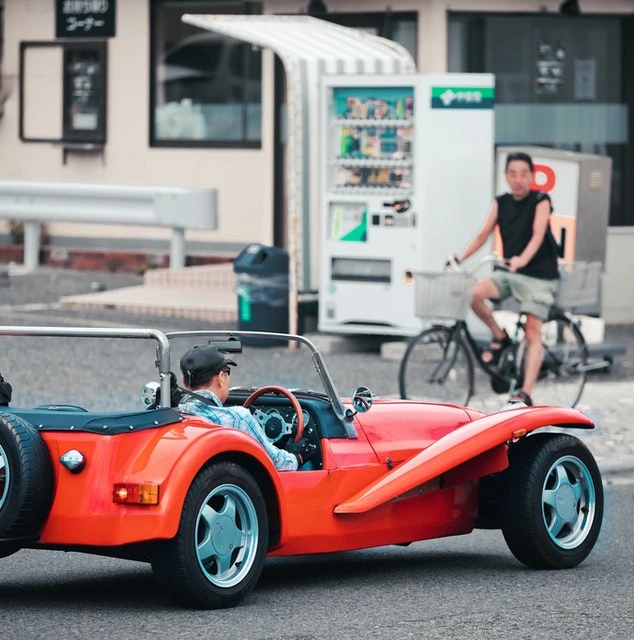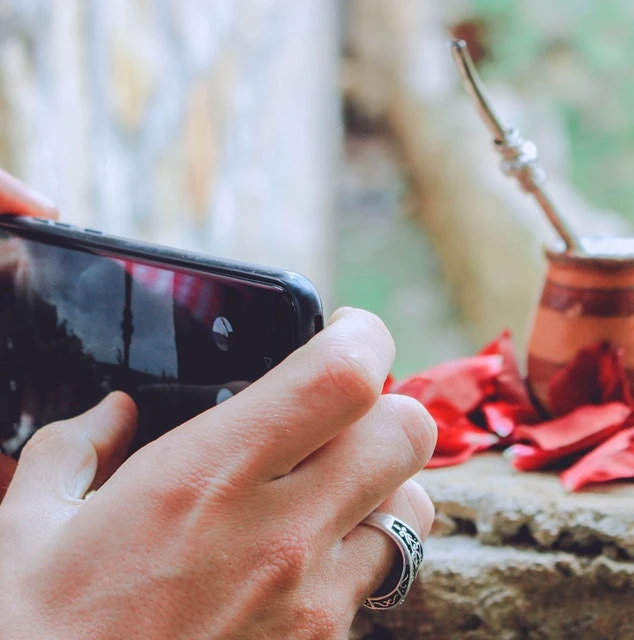Your wedding day is a once-in-a-lifetime event, and proper planning ensures it runs smoothly from start to finish. A thoughtful checklist can reduce stress, keep you organized, and allow you to focus on creating unforgettable memories. From attire to vendor coordination and emergency preparations, having every detail accounted for is essential. Including key elements such as a custom engagement ring, rose bouquets, a local DJ, and reliable vendors like a corporate event catering service ensures a seamless and joyful celebration for both you and your guests.
What Should Be Included in a Wedding Day Timeline?
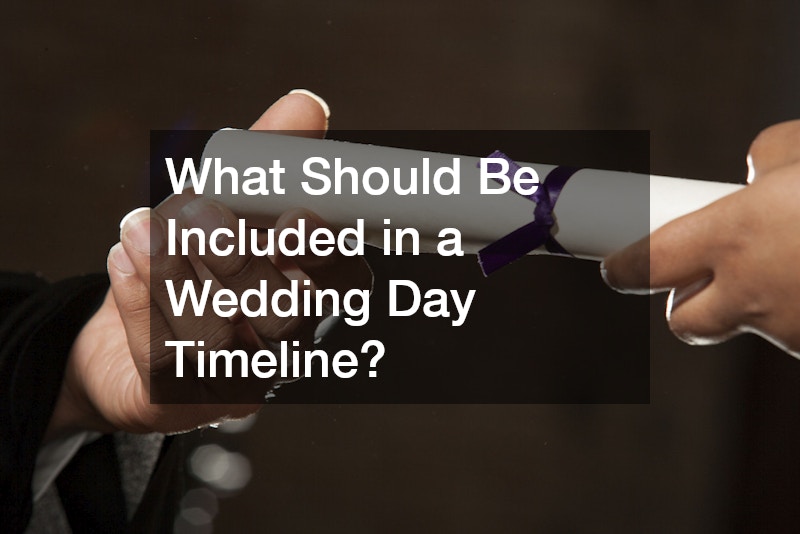
Pre-Ceremony Preparations
The morning of the wedding sets the tone for the day. Begin with hair, makeup, and grooming appointments, ensuring sufficient time for all bridal party members. Keep essentials like your custom engagement ring, rose bouquets, and emergency fashion items on hand. Chair rentals for waiting areas should be confirmed, and backup items for small emergencies should be easily accessible. Properly planning the pre-ceremony schedule ensures a calm, organized start.
Ceremony Sequence
A detailed ceremony sequence guarantees smooth transitions. Outline the processional, readings, vows, and recessional. Coordinate with a local DJ or musicians for music cues, and ensure any pre-ceremony refreshments, such as a sushi bar, are timed correctly. Rehearsals with the bridal party and officiant prevent confusion and help everyone know their roles, so the ceremony proceeds without stress.
Post-Ceremony Activities
After the ceremony, plan for photographs, guest mingling, and cocktail hours. Allocate time for family portraits and couple portraits, considering lighting and venue constraints. Ensure vendors, including a corporate event catering service or local catering service, have clear access to set up without interfering with guests. A well-planned post-ceremony period keeps guests engaged while logistical details are managed efficiently.
Reception Scheduling
Reception planning balances structured events with social moments. Include speeches, dinner service, dessert, and entertainment in the schedule. Coordinate with catering services, including a sushi bar if applicable, to confirm meal timing and special dietary needs. Proper pacing ensures that guests can enjoy every moment without feeling rushed, and allows for smooth transitions between events.
Vendor Arrival and Setup Times
Confirm arrival and setup times for all vendors. Chair rentals, rose bouquets, diamond ring jewelers, and local DJs should have clear windows for setup. Proper coordination prevents conflicts and ensures that each vendor can prepare efficiently, allowing the day to proceed seamlessly. Documenting each vendor’s timing also provides a reference point in case of last-minute changes.
How to Stay Organized on Your Wedding Day?
Assigning Roles and Responsibilities
Delegate responsibilities among trusted friends, family, or bridal party members. Assign someone to oversee vendor coordination, manage chair rentals, and monitor the sushi bar or catering services. Having designated individuals handle these tasks allows you to focus on the celebration, knowing that any small issues will be addressed promptly.
Creating a Detailed Itinerary
A detailed itinerary is essential for staying organized. Include the timing for hair and makeup appointments, ceremony sequences, vendor arrivals, and post-ceremony activities. Highlight items like rose bouquets, your custom engagement ring, chair rentals, and catering services. Sharing the itinerary with the bridal party and vendors ensures everyone knows their responsibilities and prevents confusion.
Utilizing Wedding Apps and Tools
Wedding apps and digital tools simplify communication and coordination. Track guest RSVPs, vendor details, and timeline updates. Use apps to send reminders to the local DJ, corporate event catering service, and other key vendors. Digital tools help prevent miscommunication and keep everyone on schedule, which is critical on a busy wedding day.
Setting Up a Command Center
A central command center at the venue provides quick access to essential information. Include binders or tablets with the itinerary, vendor contacts, emergency kits, and details for services such as the trash pickup company. This station acts as a hub for troubleshooting any unexpected issues, allowing the wedding day to flow smoothly.
Checklist for Essential Contacts
Maintain a comprehensive contact list, including the local catering service, corporate event catering service, chair rentals, diamond ring jewelers, local DJs, and the trash pickup company. Having these contacts readily available ensures prompt resolution of any issues that may arise during the day.
What Attire and Accessories Are Needed for the Big Day?
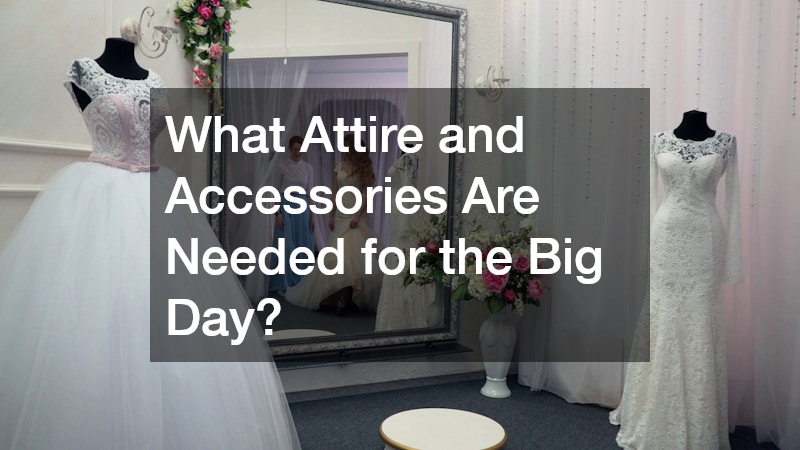
Bridal Gown and Accessories
The bridal gown is central to your wedding day look, complemented by accessories such as veils, jewelry, and shoes. Keep backups in your emergency fashion kit, along with your custom engagement ring and rose bouquets for photos. Ensuring all items are prepared and accessible helps the bride feel confident and polished throughout the day.
Groom’s Attire Checklist
The groom’s attire should be fully prepared, including suit or tuxedo, shoes, tie or bowtie, and cufflinks. Rings from diamond ring jewelers should be polished and ready. Extra accessories, like a backup tie or socks, can prevent minor issues from disrupting the day. A well-prepared groom completes the picture of a flawless wedding day.
Bridal Party Outfits
Coordinate attire for bridesmaids, groomsmen, and other attendants to align with the wedding theme. Provide guidance on accessories, shoes, and jewelry. Ensure that contingency items are on hand to address wardrobe emergencies. Properly outfitted bridal parties enhance photos and overall aesthetic.
Weather-Appropriate Options
Prepare for unpredictable weather with wraps, umbrellas, or alternative footwear. Outdoor setups, including chair rentals, may require adjustments to ensure guest comfort. Anticipating weather challenges ensures that everyone remains comfortable and the day progresses smoothly.
Emergency Fashion Kit
An emergency fashion kit is essential for handling last-minute mishaps. Include stain remover, lint brushes, safety pins, double-sided tape, tissues, and breath mints. The kit also supports the bridal party, local DJs, and catering staff, ensuring that minor issues don’t affect the overall experience.
How to Manage Hair and Makeup Appointments?
Scheduling Appointments
Schedule hair and makeup early in the day to allow ample time for adjustments. Consider transportation, preparation time, and coordination with vendors like a sushi bar or corporate event catering service. Early scheduling reduces stress and ensures the bridal party looks their best.
Trial Runs and Final Looks
Conduct trial runs to perfect hairstyles and makeup. Incorporate rose bouquets and other decorative elements during trials to ensure the look is cohesive in photos. These trials prevent surprises and allow for refinements before the big day.
Creating a Beauty Timeline
Develop a timeline for beauty services, including touch-ups before photos or the ceremony. Schedule breaks for hydration, snacks, and coordination with vendors. A structured beauty timeline ensures the bridal party is ready without feeling rushed.
Professional vs DIY Options
Decide between professional services and DIY approaches. Professionals offer reliability and high-quality results, while DIY options may require contingency planning. Even if some services are handled in-house, critical tasks like bridal makeup may benefit from expert attention.
Touch-Up Essentials
Prepare a small bag for on-the-go touch-ups, including lip color, powder, combs, and hairpins. This ensures quick fixes throughout the day, keeping everyone polished for photos and ceremonies.
What Essentials Should Be in a Wedding Emergency Kit?

Basic First Aid Supplies
Include band-aids, antiseptic wipes, and pain relievers. These items address minor injuries or discomforts for both guests and the bridal party.
Beauty and Grooming Items
Pack makeup, hair products, and hygiene essentials. Bridal party members assisting with rose bouquets or catering services may also find these items helpful.
Repair Tools for Attire
Sewing kits, safety pins, and tape handle wardrobe malfunctions. Minor repairs prevent small issues from escalating and affecting the day’s flow.
Comfort and Atmosphere Items
Fans, blankets, and mints enhance guest comfort. Adjustments for chair rentals and venue arrangements improve the overall experience.
Snacks and Hydration Supplies
Stock water, light snacks, and electrolytes for the bridal party, local DJs, and catering staff, including a sushi bar team. Keeping energy levels high is essential during a busy day.
How to Coordinate With Your Wedding Vendors?
Finalizing Contracts and Payments
Confirm all contracts and payments with vendors, including diamond ring jewelers, chair rentals, local DJs, and the trash pickup company. Clear agreements prevent misunderstandings and ensure smooth operations.
Confirming Arrival and Setup Times
Communicate arrival and setup schedules with vendors. Chair rentals, rose bouquets, and catering services require coordination to avoid overlaps and delays.
Creating a Vendor Contact List
Maintain a contact list with phone numbers and backup contacts. Include local catering service, corporate event catering service, sushi bar staff, and other key vendors.
Handling Last-Minute Changes
Assign a point person to manage last-minute adjustments. Flexibility prevents small issues from becoming major disruptions.
Gratuity and Thank-You Protocols
Plan gratuities and thank-you gestures for vendors, including local DJs, chair rentals, and catering staff. Expressing appreciation fosters positive professional relationships.
What Documents and Legalities Need to Be Prepared?
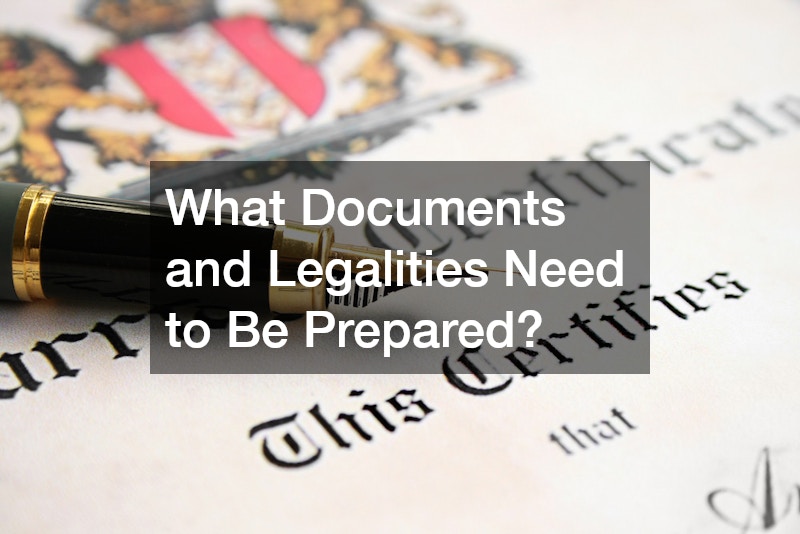
Marriage License Requirements
Ensure your marriage license is obtained and ready for the ceremony. Verify signatures and witnesses are prepared in advance.
Vendor Contracts and Agreements
Keep all contracts for diamond ring jewelers, catering services, chair rentals, and other vendors organized for easy access. Documentation protects your interests.
Day-Of Contact List
Prepare a concise contact list including family members, vendors, and emergency services. Accessibility to key contacts ensures quick communication.
Emergency Contact Information
Include medical services, a nearby dentist, and the venue manager. Ready access to emergency contacts provides peace of mind.
Final Guest List and Seating Chart
Finalize the guest list and seating arrangements. Share this information with coordinators and vendors to prevent confusion and enhance the guest experience.
How to Ensure Your Guests Have a Great Experience?
Welcome Kits and Information
Provide guests with welcome kits containing maps, itineraries, and small gifts. Include instructions for the sushi bar, local catering service, and venue layout. Thoughtful kits create a positive impression.
Transportation and Parking Details
Offer clear instructions for parking and shuttle services. Coordination with local providers ensures smooth guest arrival and departure.
Ensuring Comfort and Accessibility
Check venue accessibility, seating, and climate control. Chair rentals and extra seating improve comfort for all attendees.
Entertainment and Activities Schedule
Share the schedule for entertainment, including the local DJ and any performances. Interactive stations like a sushi bar keep guests engaged.
Guest Communication Strategies
Maintain clear communication through apps or printed guides. Inform guests of schedule updates and important announcements throughout the day.
What Last-Minute Checks Need to Be Done?
Confirming With Vendors
Double-check all vendor arrangements, from chair rentals and rose bouquets to catering and music services. Confirm arrival times and setup windows.
Reviewing the Timeline
Ensure all events, including photography, speeches, and meal service, are scheduled accurately. Adjust for any last-minute changes.
Inspecting the Venue
Walk through the venue to confirm décor, seating, emergency kits, and accessibility. Minor adjustments improve flow and guest comfort.
Final Walkthrough With Coordinator
Review all placements, timing, and vendor arrangements with your coordinator. A professional walkthrough ensures nothing is overlooked.
Ensuring Personal Belongings Are Ready
Pack essential items such as rings, attire, and emergency kits. Having all personal belongings ready prevents last-minute stress.
How to Maintain Calm and Enjoy the Day?
Mental and Physical Preparation
Start the day with relaxation techniques, hydration, and a nourishing breakfast. Mental and physical preparation helps maintain energy and focus.
Delegating Tasks Effectively
Trust helpers to manage responsibilities. Delegating tasks to family, friends, or vendors allows you to focus on celebrating.
Time for Relaxation and Reflection
Schedule short breaks for reflection with your partner. Brief moments of calm help center you amidst a busy schedule.
Mindfulness Practices and Techniques
Use mindfulness exercises, deep breathing, or gratitude practices to stay present. These techniques reduce anxiety and enhance enjoyment.
Post-Wedding Relaxation Plans
Plan downtime or a honeymoon to decompress after the celebration. Reflecting on the day’s memories ensures lasting enjoyment.
With careful preparation and thoughtful organization, your wedding day can unfold as a seamless, joyful celebration that you and your guests will remember for a lifetime. Paying close attention to every detail—from securing a custom engagement ring and arranging stunning rose bouquets to coordinating with a local DJ who can keep the energy alive, managing chair rentals for comfort, and ensuring both corporate event catering service and local catering service teams are ready to provide flawless meals—creates a day that feels effortless. Don’t forget the little but important elements, such as confirming the sushi bar’s setup, coordinating with diamond ring jewelers for last-minute touches, and arranging reliable services from the trash pickup company to keep the venue clean and inviting.


